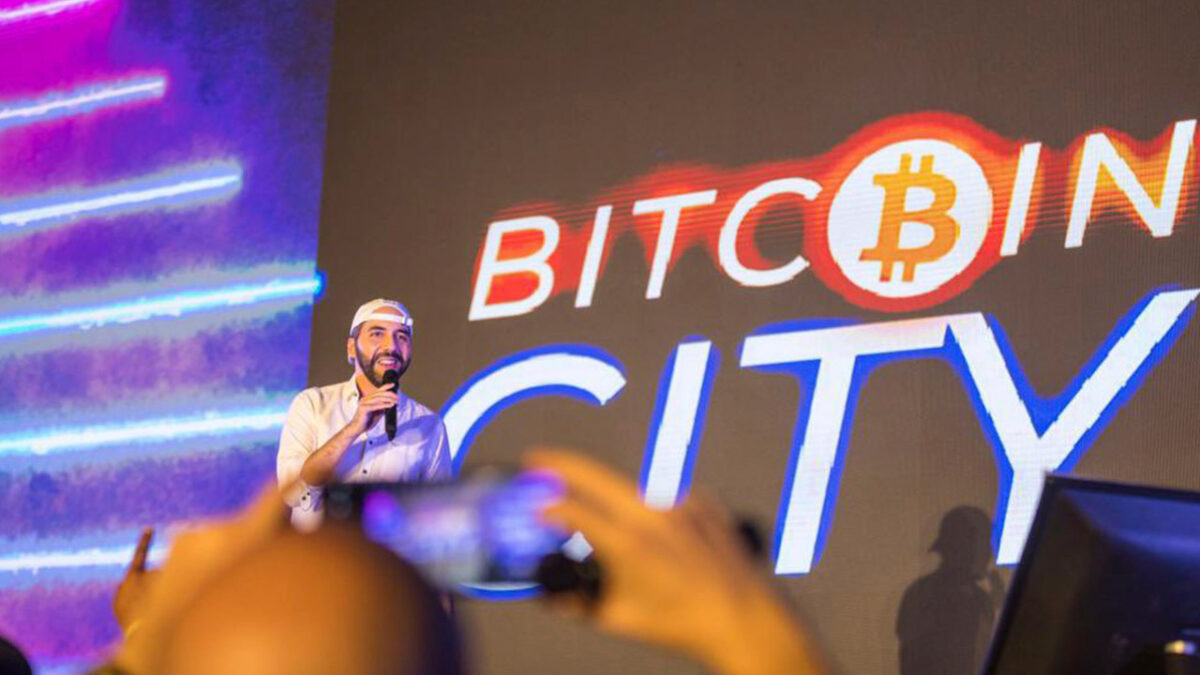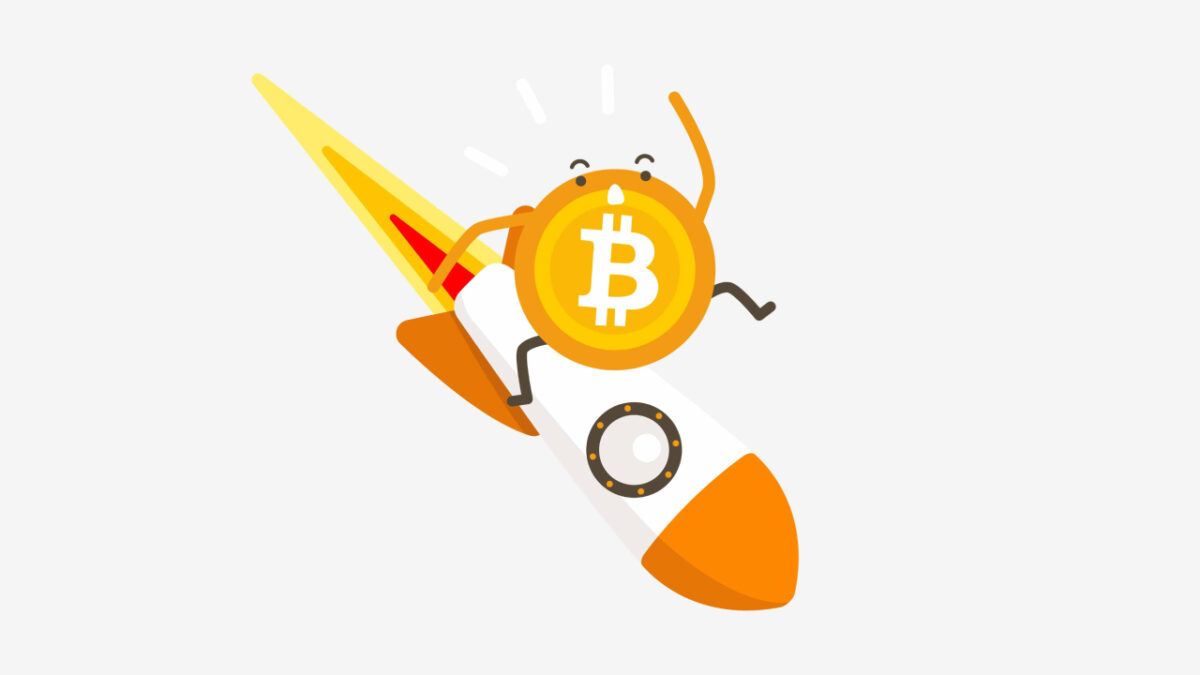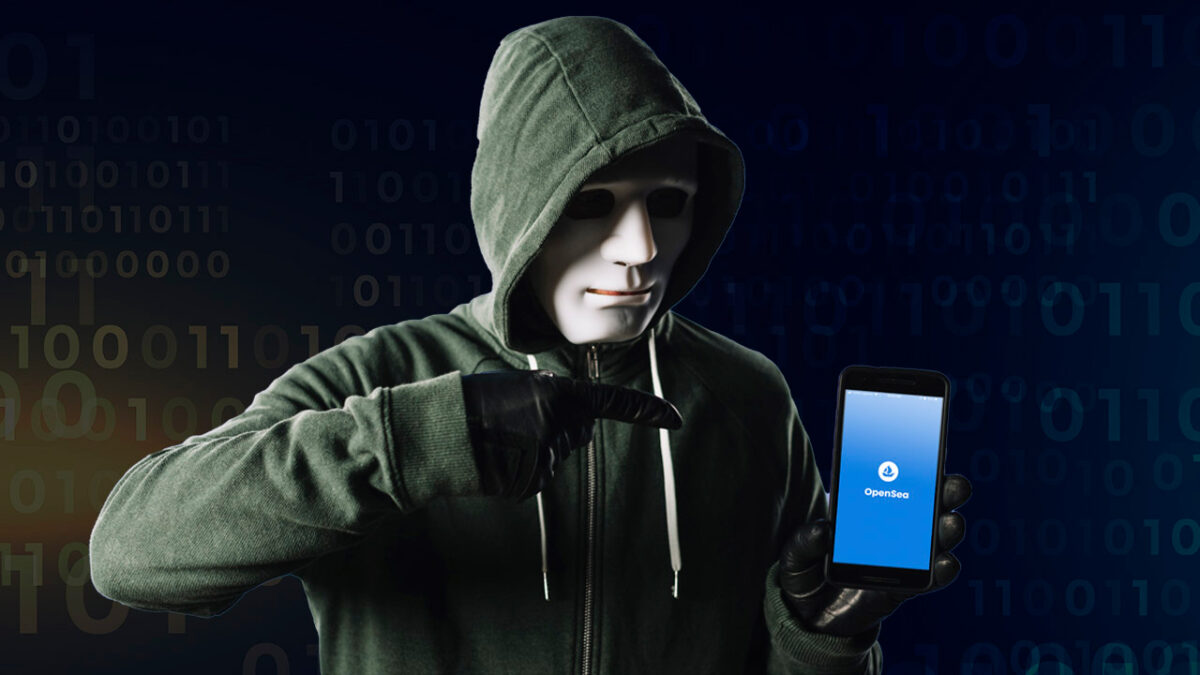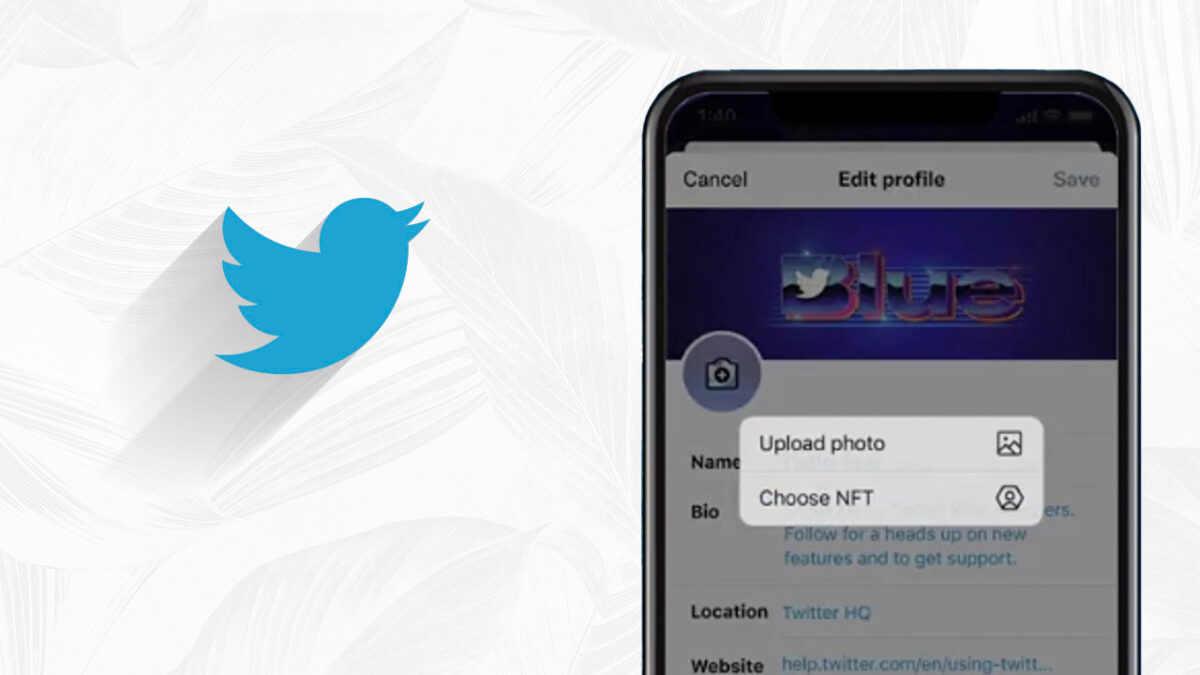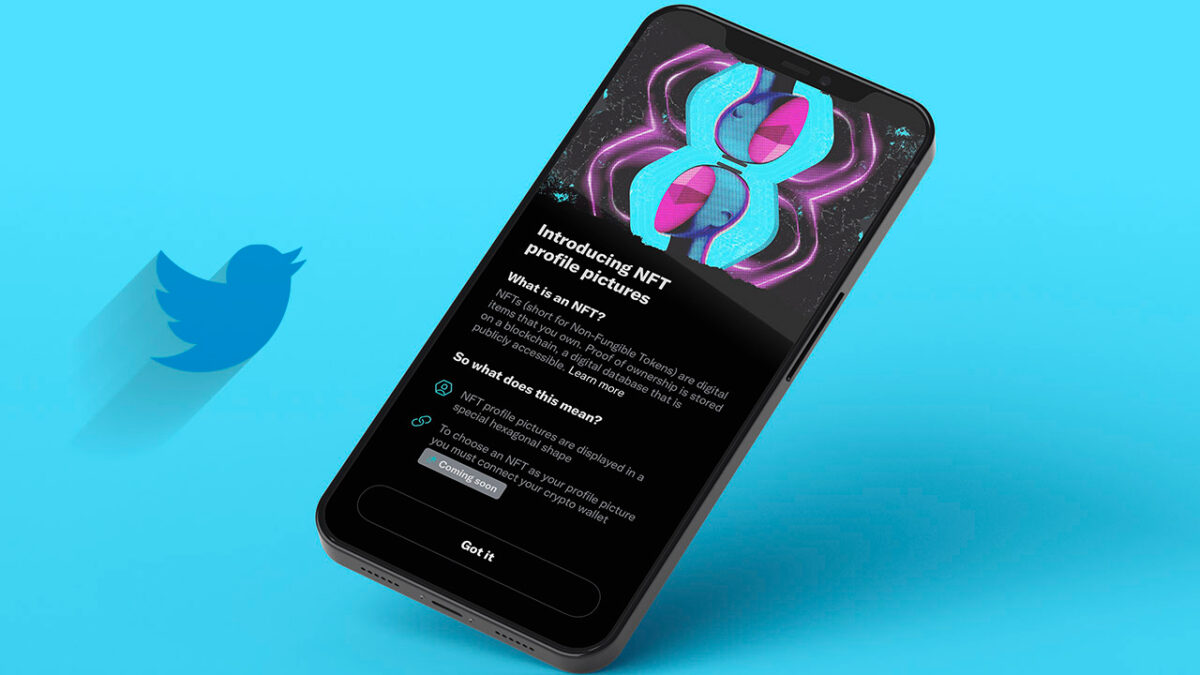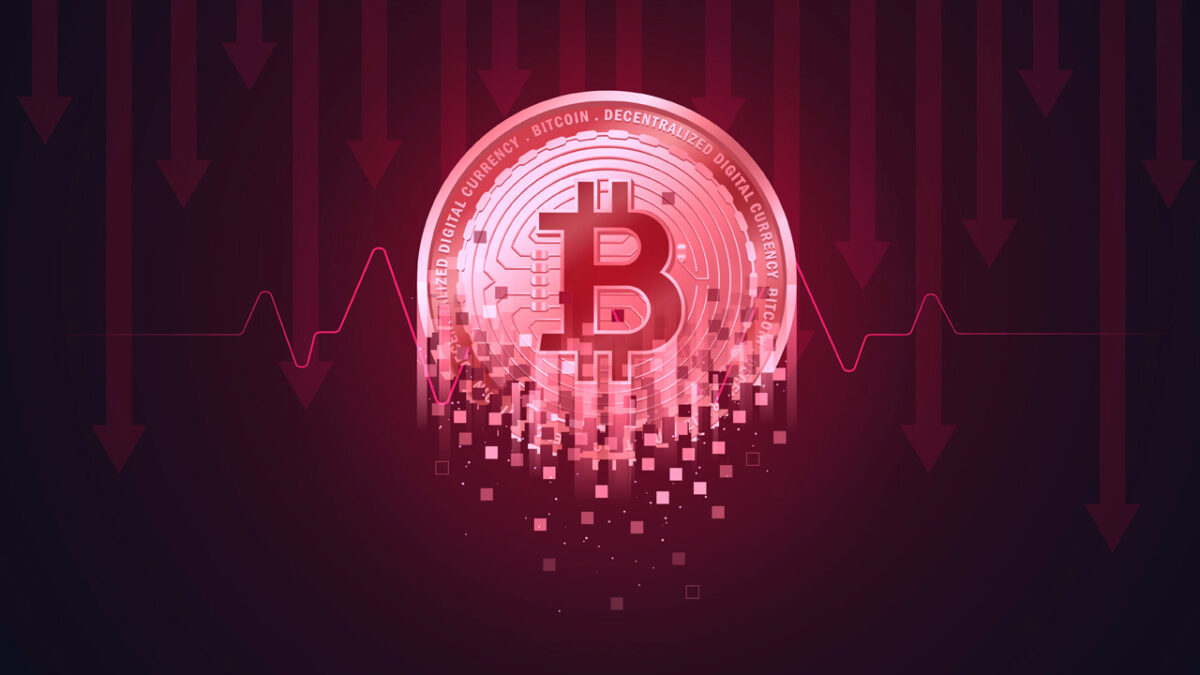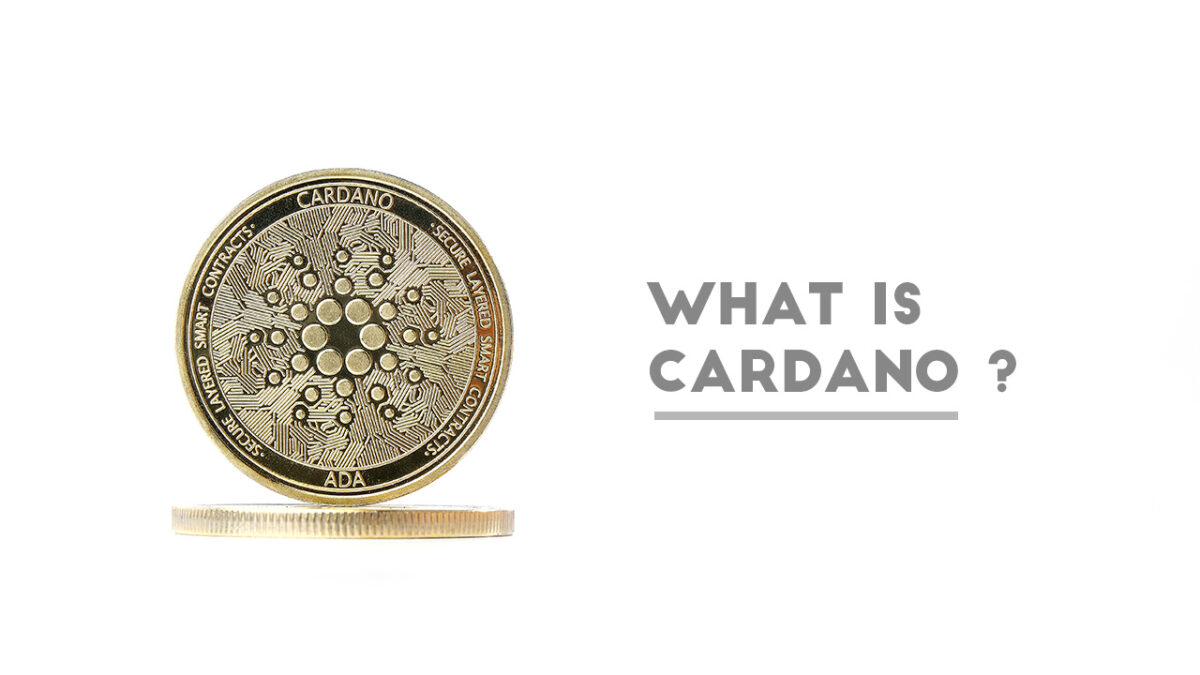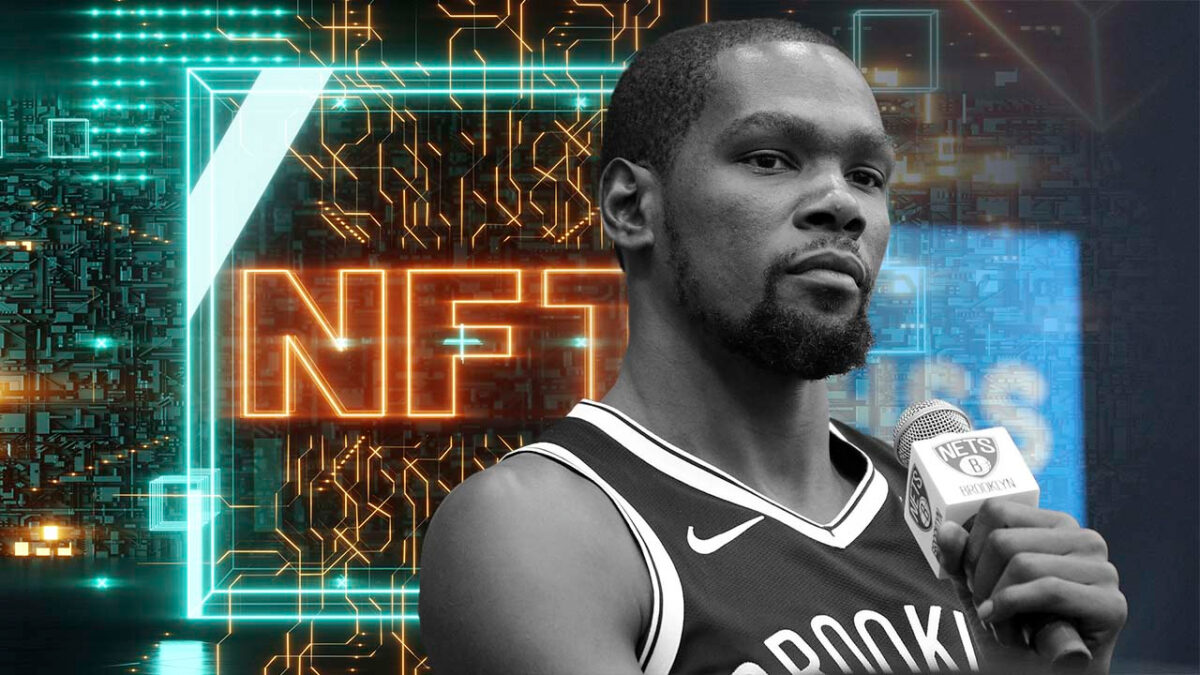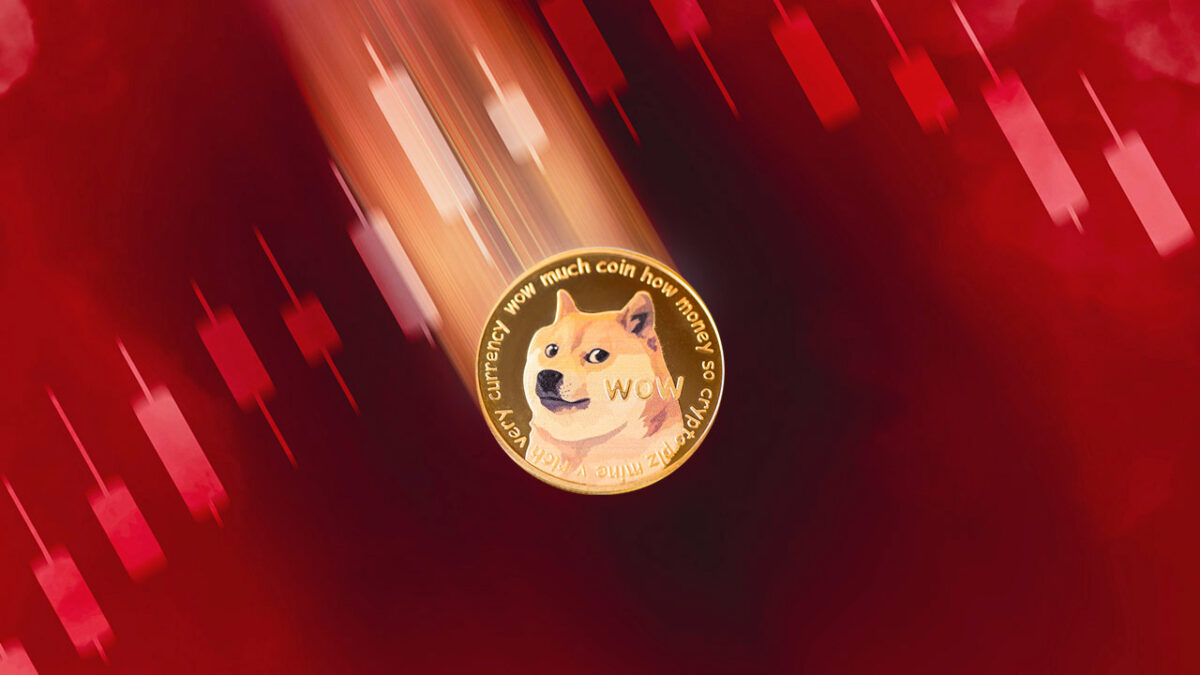Cardano is one of the most valuable cryptocurrencies in terms of market capitalization. It’s envisioned as a next-generation version of Ethereum, with a blockchain that’s a flexible, sustainable, and scalable platform for running smart contracts, allowing the creation of a variety of decentralized finance apps, new crypto tokens, games, and more.
Smart-contract capability was implemented by developers in March 2021. Cardano is one step closer to its aim of offering developers with a blockchain platform that is resilient, secure, scalable, and highly energy-efficient, according to an upgrade expected for the second quarter of 2021 that unlocked smart-contract functionalities.
How does Cardano work?
Cardano aspires to be the most environmentally friendly blockchain platform available. Instead of the energy-intensive proof-of-work approach used by Bitcoin and Ethereum, it uses a unique proof-of-stake consensus process called Ouroboros. (Through the ETH2 upgrade, Ethereum will also switch to a proof-of-stake method.)
What is the definition of evidence of work? Without a central authority like Visa or PayPal in the middle, decentralized cryptocurrency networks must ensure that no one spends the same money again. They use a “consensus method” to achieve this. Proof of work is the original crypto consensus process, which was popularized by Bitcoin mining.
Proof of work necessitates a massive amount of processing power, which is provided by virtual “miners” from all over the world trying to solve a time-consuming arithmetic puzzle first.
The winner receives a fixed sum of cryptocurrency in exchange for updating the blockchain with the most recent verified transactions.
What is the definition of stake proof? Proof of stake employs a network of invested participants known as validators rather than a network of miners racing to solve a riddle. Validators stake their own ADA instead of giving computing power to protect the network and validate transactions like miners do.
The network chooses a winner depending on how much ADA each validator has in the pool and how long they’ve kept it there, thus rewarding the most invested players.
Other validators can attest to the accuracy of the latest block of transactions once the winner has confirmed it. The blockchain is updated when a certain amount of attestations have been made.
The network distributes the reward in ADA proportionally to each validator’s stake to all participating validators.
While being a validator entails a significant amount of responsibility, interested parties can alternatively earn ADA by “delegating” portion of their crypto to a staking pool managed by someone else.
The Cardano blockchain has two layers: the Cardano Settlement Layer (CSL) and the Cardano Computing Layer (CCL) (CCL). The ledger of accounts and balances is kept in the CSL (and is where the transactions are validated by the Ouroboros consensus mechanism). All computations for apps operating on the blockchain — via smart contract operations — are performed in the CCL layer.
What are Cardano native tokens?
The Cardano blockchain added the option to generate native tokens on March 1, 2021. Cardano native assets, like Ethereum tokens (which include things like NFTs and stablecoins like USD Coin), may be produced and distributed on the blockchain and interact with smart contracts.
Cardano native tokens, unlike Ethereum-based tokens, are not created by a smart contract. They are instead based on the same design as the ADA coin. Cardano native assets are now “first-class citizens” on the blockchain, according to the non-profit Cardano Foundation. Their native architecture has the potential to make these coins more secure and minimize transaction fees.
What are the uses of Cardano?
Poor governance, high levels of manual processing, limited transparency, procedural inefficiencies, high costs, fraud, and data breaches have all resulted from centralized organizations and outmoded management methods. Cardano, a blockchain-based cryptocurrency, promises to address these issues.
Cardano is an open-source platform for smart contracts that may be used to solve problems in a wide range of businesses. Retail, education, government, finance, agriculture, and healthcare are among them.
- Retail
Atala SCAN is a product offered by IOHK (the firm behind Cardano). To safeguard brands and customers from counterfeit items in the retail sector, this tamperproof technology establishes product provenance and an auditable framework.
- Education
Atala PRISM, an ID and credentials solution that secures academic qualifications within a tamper-proof ecosystem, can help the education sector.
- Government
In order to reduce reliance on issuing authorities, Atala PRISM can be used in the government sector for credential issuance and verification systems.
- Finance and Digital Identity
Atala PRISM also allows unbanked persons in developing African and Asian countries to establish a digital identity. Cardano’s team began working with 54 countries in 2019 to develop blockchain governance solutions.
History of Cardano
Cardano, founded by Ethereum co-founder Charles Hoskinson in September 2017, intends to be a third-generation blockchain (or blockchain 3.0) project that builds on the technology pioneered by Bitcoin (first gen) and Ethereum (second gen) (second gen). Cardano wants to create a smart contract platform that is both scalable and energy efficient.
A team of computer scientists and cryptographers from the University of Edinburgh, Tokyo University, and other institutions developed the Ouroboros consensus method, which was published in peer-reviewed journals. Their goal was to create a decentralized network that could validate transactions in a scalable and safe manner, all while keeping the Cardano platform as energy-efficient as possible.
What is ADA?
The Cardano platform’s native cryptocurrency is ADA (named after Ada Lovelace, a 19th-century mathematician known as the “world’s first computer programmer”).
Cardano is powered by ADA coins, same as Ethereum is powered by ETH tokens. They’re used to pay transaction fees and staked by validators (and delegators) who want to receive incentives in exchange for helping to keep the network secure and stable.
ADA will be utilized as a governance token in the future, allowing holders to vote on Cardano platform updates and upgrades.
Is Cardano a good investment?
The cost of any digital asset is determined by a variety of factors. It’s crucial to understand the elements that determine the value of an ADA token before deciding whether it’s worth owning.
Because the total amount of ADA coins is limited, the coin is resistant to inflation as demand grows. The Cardano blockchain is secure due to its decentralized nature, and its layered architecture allows for scalability. These technological traits, when combined, make Cardano a unique currency with great potential.
The number of DApps and smart contracts implemented on Cardano’s blockchain will also determine its success. The blockchain is solid and long-lasting thanks to a thorough peer-reviewed research process.
To summarize, Cardano has a high possibility of capturing a significant portion of the crypto market. It’s steadily increasing in value, making it a good alternative for traders and newcomers to the crypto industry. ADA crypto, on the other hand, remains a strong choice for traders looking to diversify their portfolios.
Cardano is a prominent cryptocurrency among cryptocurrency aficionados, with one of the largest market caps and a large daily trading volume. Despite intermittent price decreases, ADA’s worth has grown steadily over the last four years. Cardano’s long-term growth potential is backed by a large number of partners.
All of this, as well as the most recent technical analysis, market trends, and expert opinions, point to Cardano being a strong investment option that will pay off handsomely for its backers. The crypto market, on the other hand, remains unpredictable, and cryptocurrencies are notoriously difficult to anticipate. Before investing in a digital asset, it’s best to think about all of the elements. Do your homework (DYOR).
